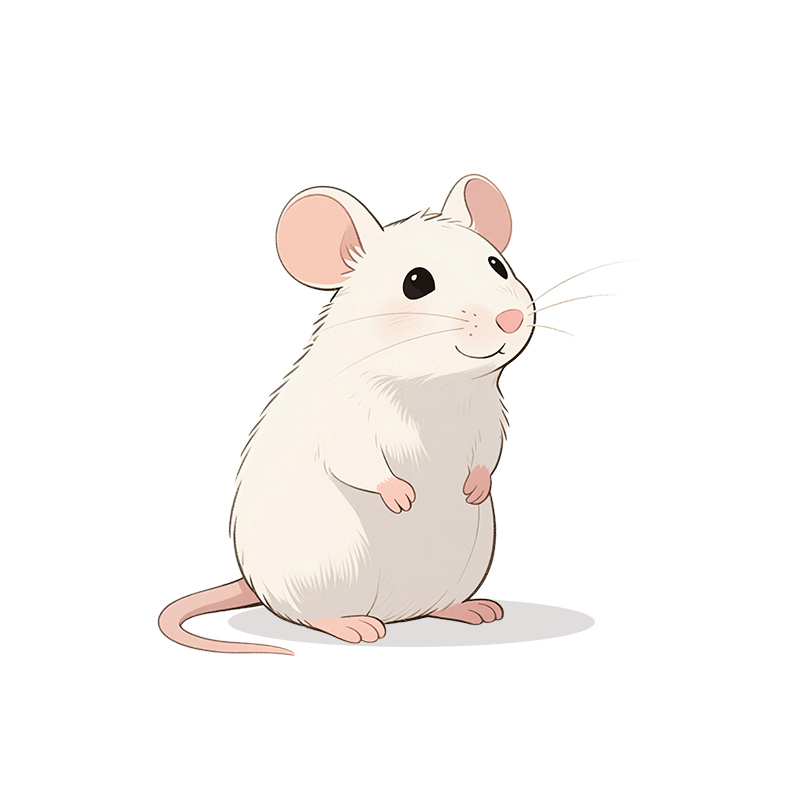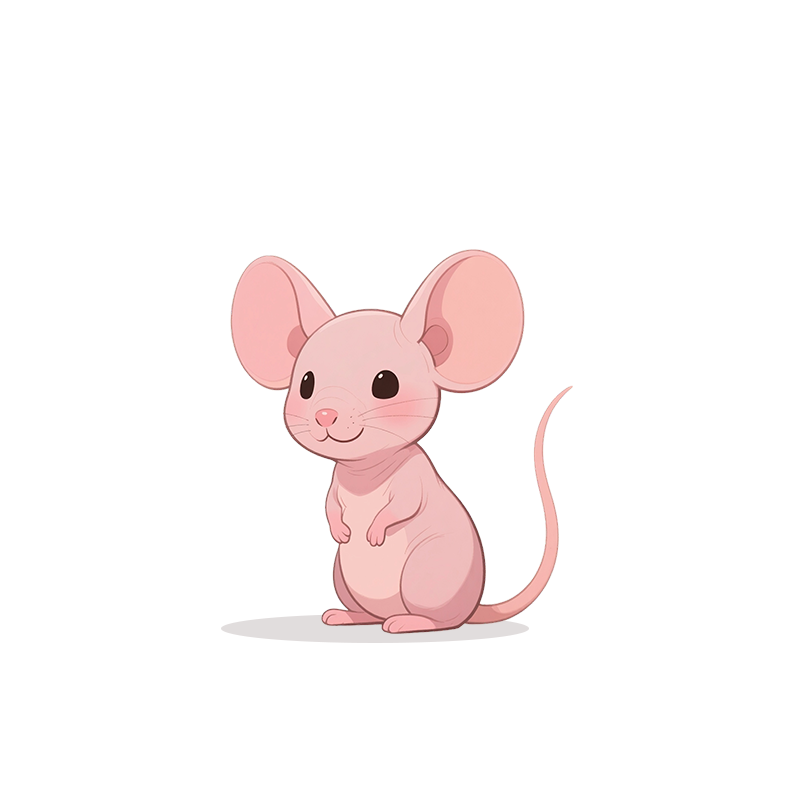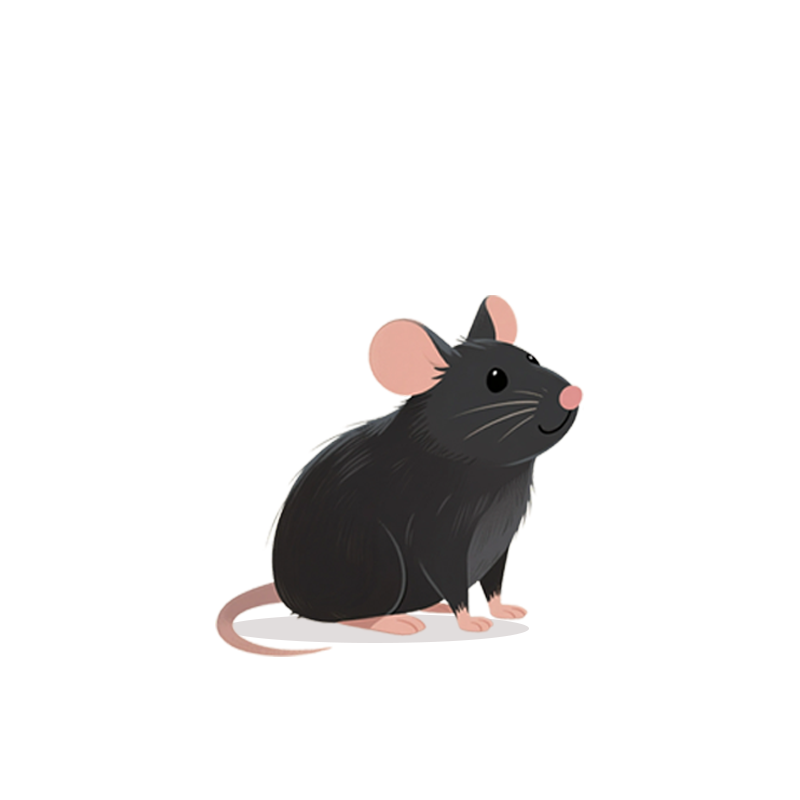Chemical Cauterization Induced Oral Ulcers Model


Chemical Cauterization Induced Oral Ulcers Model
Model Description
Currently, there are several methods for developing animal models of oral mucosal ulcers, including immunological methods, chemotherapy, chemical cauterization, free radical induction, bacterial infection, trauma, and radiation. Commonly used animals include rats, rabbits, guinea pigs, and ground squirrels.
The chemical cauterization method has advantages such as easy access to reagents, simple methodology, controllable results, and safe operation. Commonly used reagents are acetic acid and sodium hydroxide (NaOH). Acetic acid is relatively gentle and produces an oral ulcer model in SD rats that closely resembles the clinical and pathological features of human oral ulcers. However, NaOH causes severe mucosal bleeding and significant trauma, leading to more scar tissue after healing, which does not align with the normal healing process of ulcers, possibly due to excessive trauma.
Modeling Methods
- Single cauterization method: Soak filter paper in different concentrations of NaOH or acetic acid and place it on the labial mucosa of SD rats for 30 seconds. After removing the filter paper or NaOH crystals, cleanse the area with saline-soaked sterile cotton balls and observe the immediate reaction.
- Double cauterization method: Apply 50% acetic acid to the buccal mucosa of SD rats to establish an ulcer model. Apply 50% acetic acid again to the same area for 30 seconds and observe the reaction to repeated cauterization in the same region.
Testing items
- Visual observation
- Histological analysis



